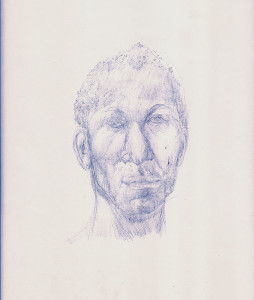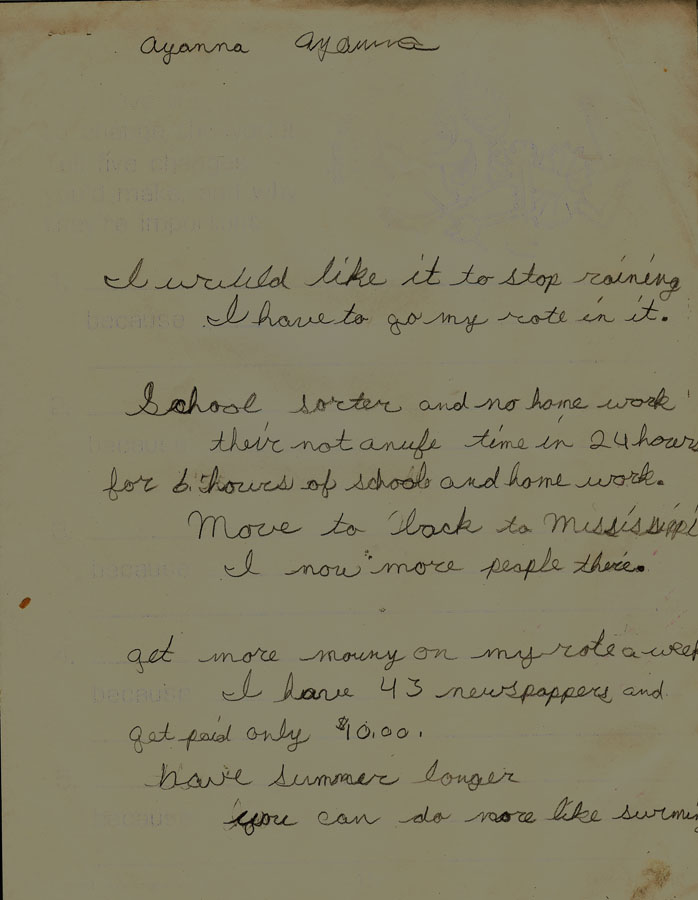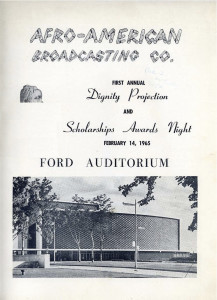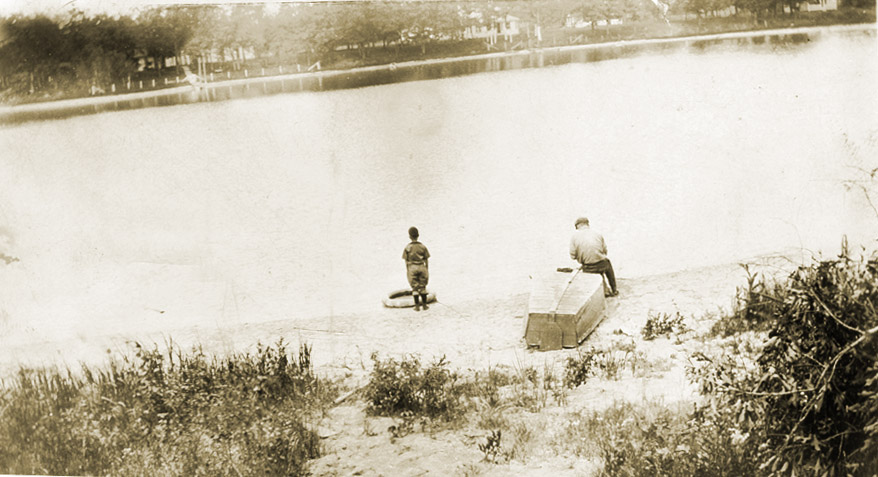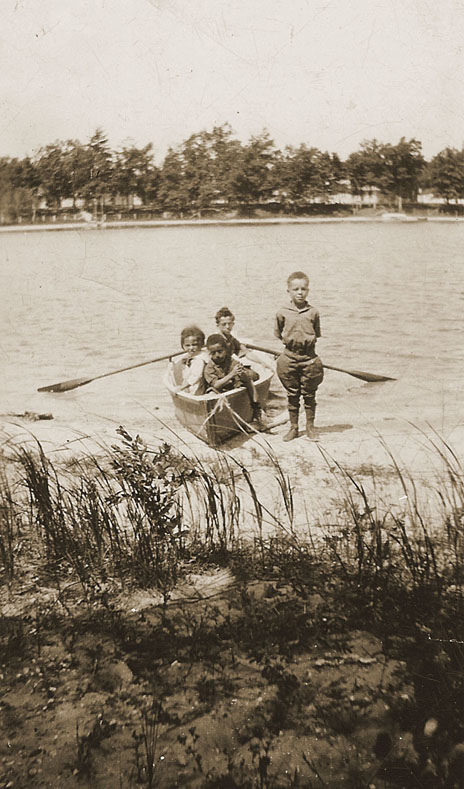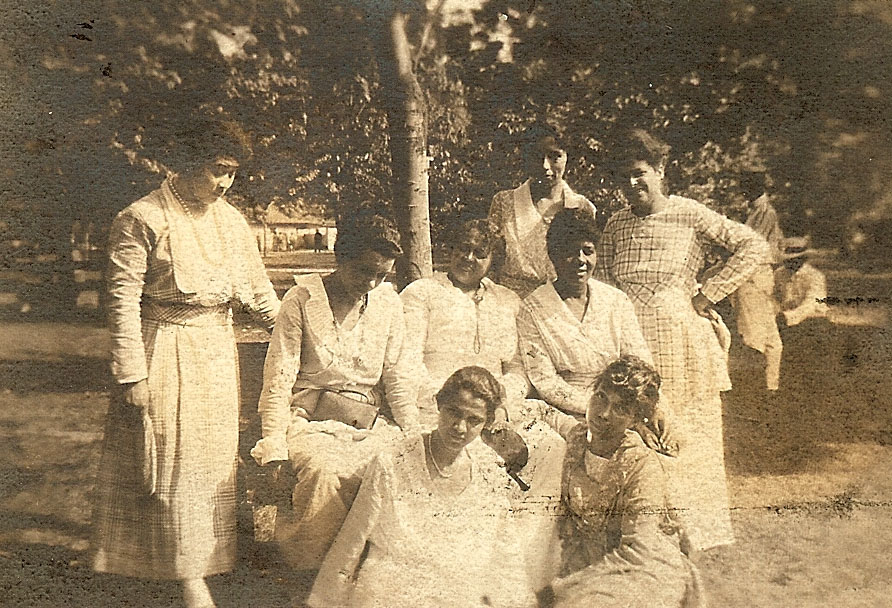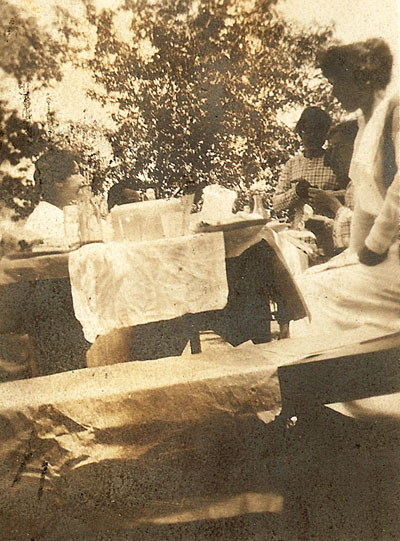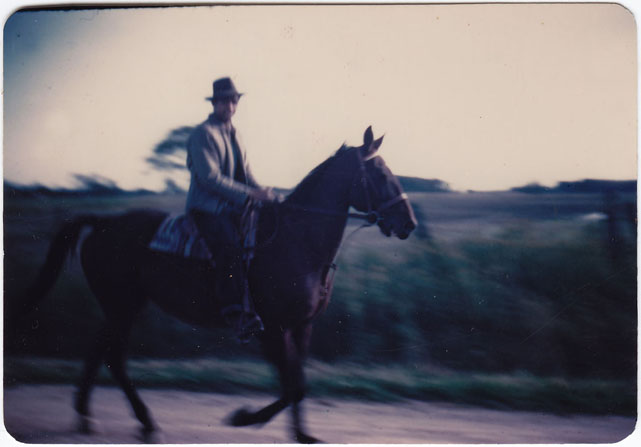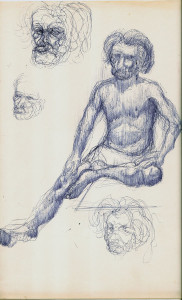
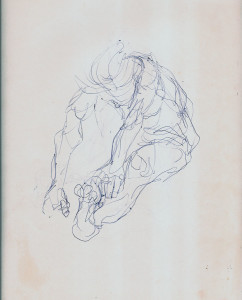 For several years after we moved to this house, a scene from my past would come to me every time I was getting ready to brush my teeth. I would see a couple that modeled for my life drawing class. he was white, short with longish, almost white, blond hair. She was black, brown skinned with an afro. We were at a small demonstration on campus. Their two daughters, in my memory they were about 8 and 6 with curly afros, coloring between their parents. The woman and I smile at each other. And then the scene is gone.
For several years after we moved to this house, a scene from my past would come to me every time I was getting ready to brush my teeth. I would see a couple that modeled for my life drawing class. he was white, short with longish, almost white, blond hair. She was black, brown skinned with an afro. We were at a small demonstration on campus. Their two daughters, in my memory they were about 8 and 6 with curly afros, coloring between their parents. The woman and I smile at each other. And then the scene is gone.

Raining – Sepia Saturday 185
As of July 8, 2013 Atlanta has had the rainest year on record. We’ve already had more rain than we had during all of 2012. It’s been raining almost everyday for weeks. And rain is predicted for the rest of this week. The drought is definitely over, for now anyway.
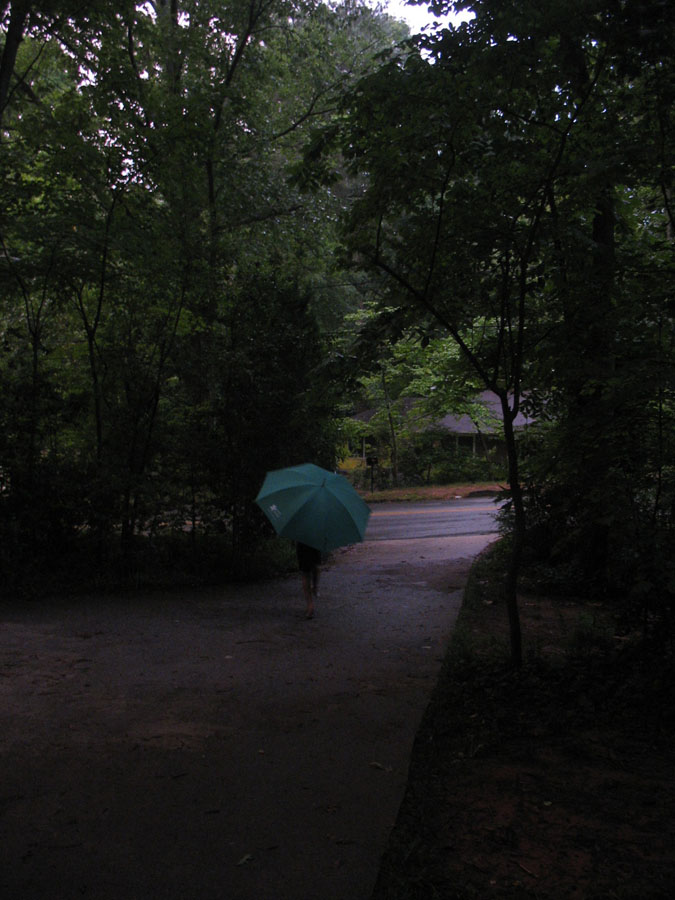
This was written by my daughter Ayanna after our move from rural Mississippi to the small city of Excelsior Springs, MO. She was about 8 and it was 1984. An edited version appears below.
I would like it to stop raining.
I have to do my route in it.
School shorter and no home work.
There’s not enough time in 24 hours for 6 hours of school and homework.
Move back to Mississippi.
I know more people there.
get more money on my route a week.
I have 43 newspapers and get paid only $10.
have summer longer
you can do more, like swimming.
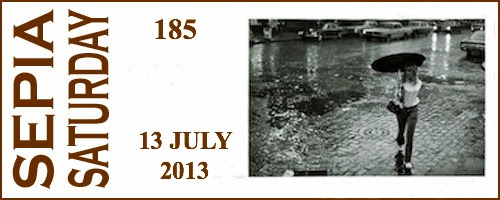

Poppy – The Worker
While looking for summer photographs, I came across this photograph of my grandfather Graham and this poem by Edgar A. Guest that my my grandmother Graham saved in her scrapbook.
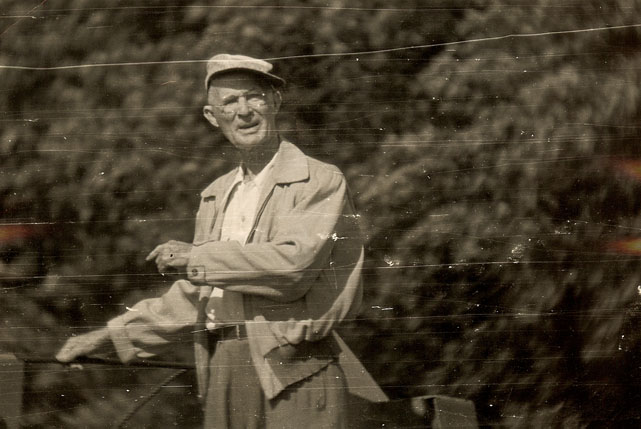
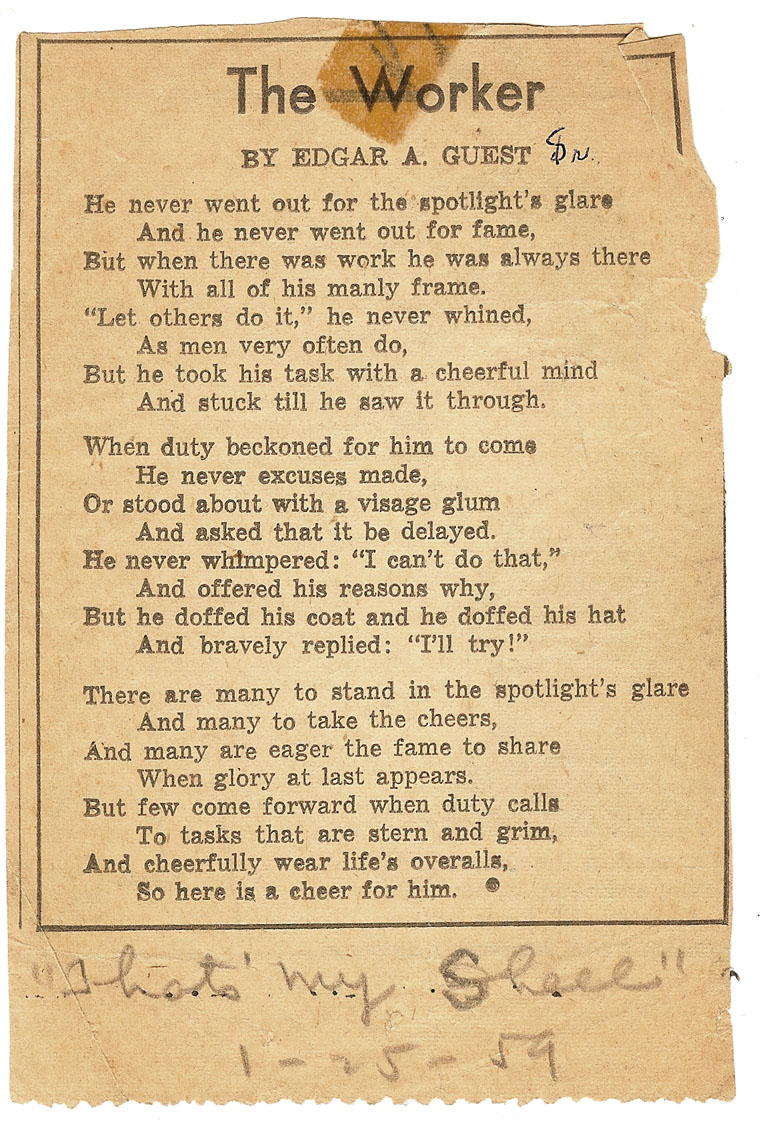

A shot for Malcolm X
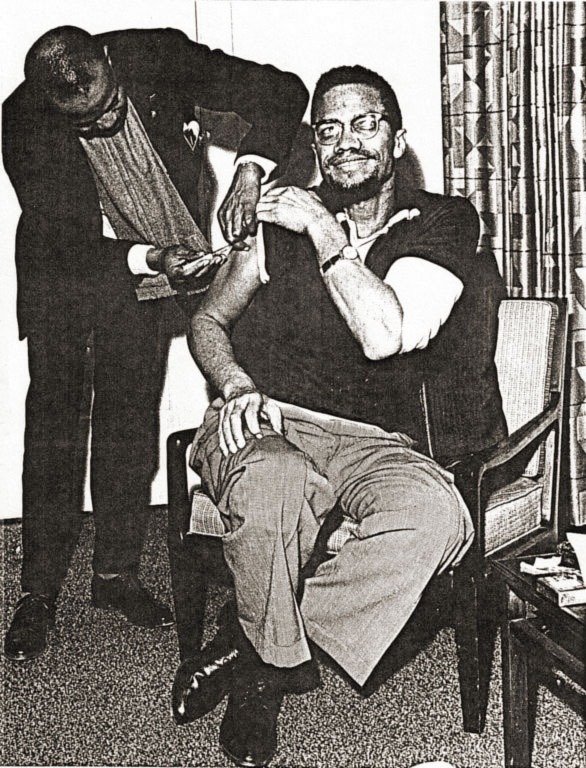
This is a photograph of my uncle Dr. Evans giving Malcolm X a shot for exhaustion when he arrived in Detroit in 1965 to speak at an Awards program, after his house had been firebombed. I was a freshman at Wayne State University. I did not go to hear him this time. I can remember no good reason. I had some school work? My father, Rev. Albert B. Cleage Jr. gave the invocation before Malcolm X’s speech.
My sister Pearl did attend and she remembers it like this:
“I did go to this speech. Malcolm looked exhausted and worried. We were worried for him and for his wife, Betty, and their children. When things like that fire bombing happened, they always made me worry about my father. being the child of an activist parent makes you proud, but scared for their safety. whew. lots of memories came with this one…”
My friend, historian Paul Lee, contextualizes the photograph of Malcolm X getting a shot below in an email dated Jan. 25, 2004.
Click on the photographs to enlarge. Ford program scans courtesy Christopher Chatman.
As promised, please find attached a scan of an image of your aunt Gladys’s late husband, Dr. E. Warren Evans, administering a sedative to Malcolm X during the early afternoon of Sunday, 14 Feb. 1965.
It was shot in Malcolm X’s room at the old Statler Hilton Hotel when he visited Detroit to deliver what turned out to be his “Last Message,” as the posthumously-released long-playing record of it was titled by attorney Milton Henry, his good friend, who taped it.
At the time, Henry was the president of the 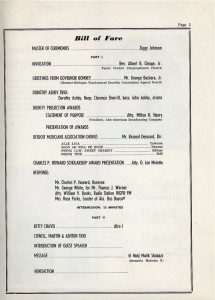 Afro-American Broadcasting and Recording Company and, along with his brother Richard Henry, was a leader of the militant Group on Advanced Leadership (GOAL). He invited Malcolm X to Detroit to receive an award at the “First Annual Dignity Projection and Scholarship Awards” ceremony, which was held at Ford Auditorium on the city’s waterfront.
Afro-American Broadcasting and Recording Company and, along with his brother Richard Henry, was a leader of the militant Group on Advanced Leadership (GOAL). He invited Malcolm X to Detroit to receive an award at the “First Annual Dignity Projection and Scholarship Awards” ceremony, which was held at Ford Auditorium on the city’s waterfront.
You will note that the exhausted-looking Malcolm X is wearing an open-neck sweater instead of his traditional white shirt and thin straight tie. This is because his home had been firebombed by Elijah Muhammad’s Nation of Islam at around 2:45 that morning and, as he noted in his talk, most of his clothes had been damaged 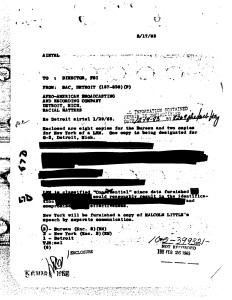 by the smoke.
by the smoke.
Malcolm X, who was then the president of the black nationalist and Sunni Islamic Muslim Mosque, Inc. (MMI) and chairman of the pan-Africanist Organization of Afro-American Unity (OAAU), was assassinated almost precisely one week later.
HOOVER’S HANDICAP
When Malcolm X made his last visit to the city, the Detroit FBI office decided to let the local spooks do the heavy lifting. They had at least one good reason for doing so: The cops had the advantage of using 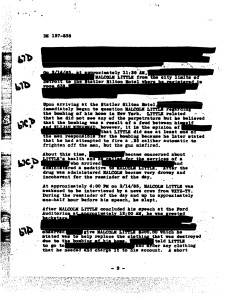 “black” undercover agents and Malcolm X, unlike Dr. King, usually moved in all-“black” circles.
“black” undercover agents and Malcolm X, unlike Dr. King, usually moved in all-“black” circles.
Of course, the anti-“black” Hoover refused to hire and
train “black” agents until the escalating pace of the civil-rights and black-power movements, along with pressure applied by his intelligence-hungry superiors, forced him to do so.d
CALLING DR. EVANS, CALLING DR. EVANS
Following are excerpts from the 17 Feb. 1965 summary of the report made by local police, which 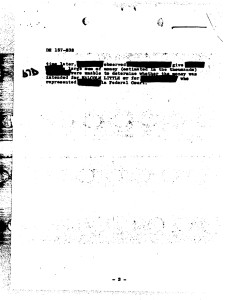 they provided to Special Agent Thomas J. Robinson, who handled “racial matters,” including black nationalists. Presumably, it was Robinson who was responsible for surveilling and attempting to undermine your father, who was then still known as the Rev. Albert B. Cleage, Jr.
they provided to Special Agent Thomas J. Robinson, who handled “racial matters,” including black nationalists. Presumably, it was Robinson who was responsible for surveilling and attempting to undermine your father, who was then still known as the Rev. Albert B. Cleage, Jr.
It is unclear WHICH department provided the intelligence–that is, the city or state police–because the Freedom of Information and Privacy acts (FOI/PAs), which compel the release of government documents, also allow certain “exemptions,” including, amazingly, “personal privacy”–which protects their officials, agents and snitches from being revealed–and “confidential” or “national security” sources, such as the police and other intelligence agencies:
“On 2/14/65, at approximately 11:30 AM, [passage withheld on confidential-source grounds, but it refers to the Detroit Police Department, which escorted] MALCOLM LITTLE from the city limits of Detroit to the Statler Hilton Hotel where he registered in room 638…
“About this time, [name withheld on personal-privacy grounds, but MILTON HENRY] became concerned about LITTLE’s health and he called for the services of a [name withheld, but DR. EVANS,] who arrived [passage withheld] and administered a sedative to MALCOLM LITTLE. After the drug was administered MALCOLM became very drowsy and incoherent for the remainder of the day.
“At approximately 4:00 PM on 2/14/65, MALCOLM LITTLE was awakened to be interviewed by a news crew from WXYZ-TV. During the remainder of the day and to approximately one-half hour before his speech, he slept” (SAC [Special Agent in Charge], Detroit FBI [by Special Agent Thomas J. Robinson] airtel [air telegram] to Director, FBI, “Afro-American Broadcasting and Recording Company, Detroit, Mich.; Racial Matters,” Feb. 17, 1965, in FBI headquarters file on Malcolm K. Little, 100-399321-not recorded, but after serial 228.
By the way, this report tends to confirm that, several hours before Malcolm X spoke (around 10:00 that evening), the effects of the sedative had abated. After all, he couldn’t have given an interview to Channel 7 that afternoon if he was still “incoherent.”
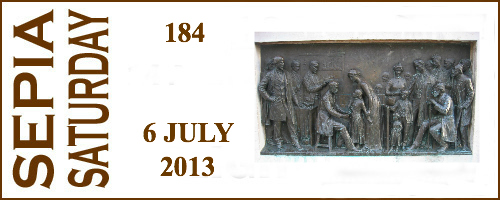

Belle Isle – Summer 1922
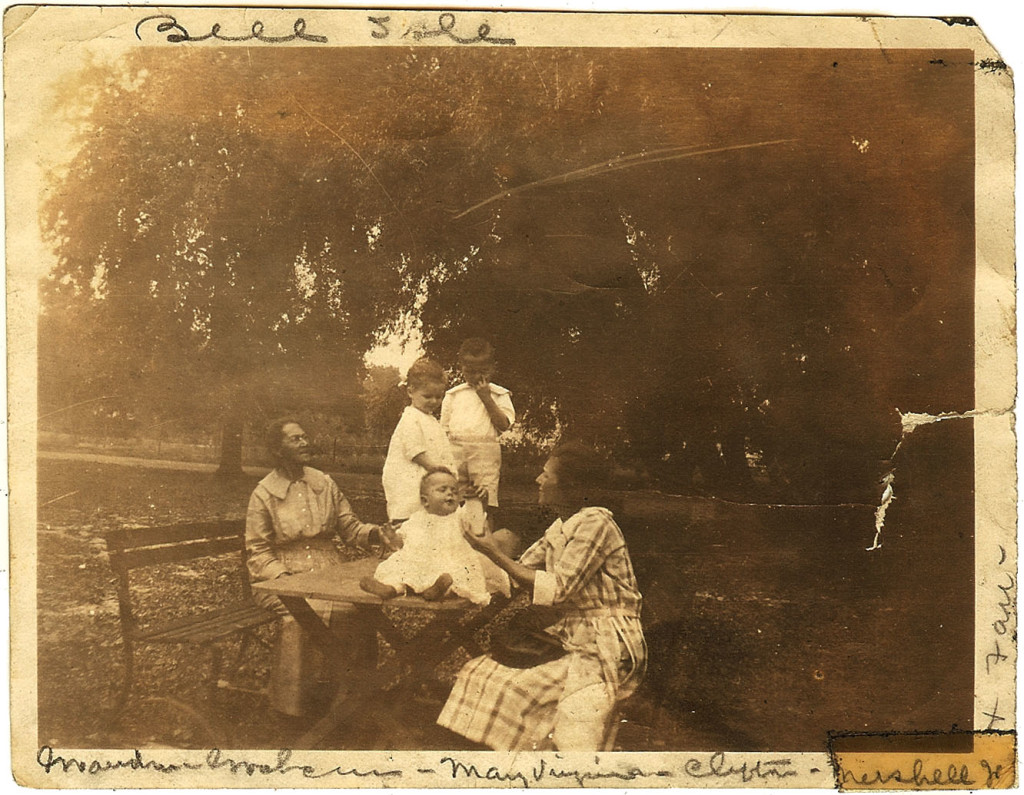
This photograph was taken about two years after the one of my grandmother Fannie at Sugar Island. Grandma Graham was my grandfather, Mershell Graham’s adopted mother. Mary Virginia was born in April 1920 so she would be 2. Clifton was the son of my grandfather’s adopted brother, Clifton. Mershell Jr was born in June of 1921 so he must be about 1 year old. My mother was born in February, 1923 so my grandmother may have been just pregnant with her here. The park tables and benches are so unanchored. They are all cement now.

Another Picnic – Summer 1921
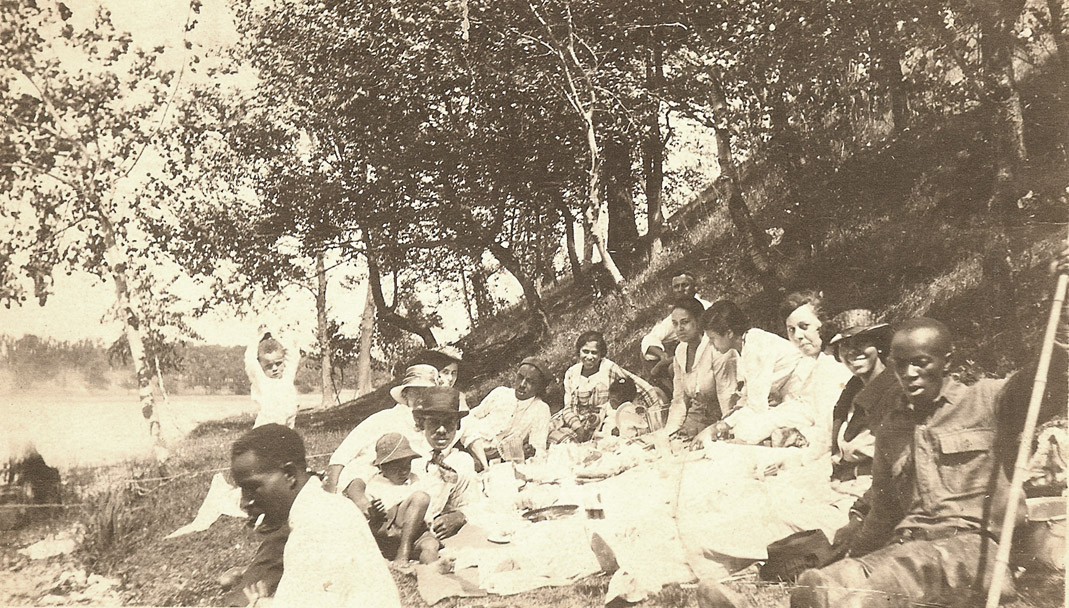

Henry At The Beach – Idlewild, MI About 1925
Sugar Island July 3, 1919

“Sugar Island is a small island in the Detroit River between Grosse Ile and Boblo Island. Sugar Island is part of Grosse Ile Township, Wayne County, Michigan, USA, and lies about 0.5 miles (0.80 km) west of the border with Canada. Currently the island is uninhabited and was recently converted to wildlife refuge by the US Fish and Wildlife service (see below). The majority of the island is wooded and it is known for its white sandy beaches and easy access by boat.” From Wikepedia


Athens, Tennessee, about 1919
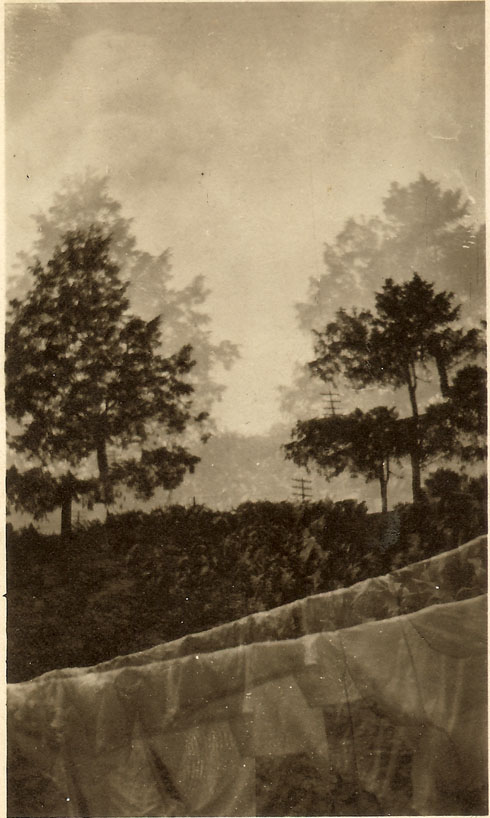 This is a double exposure that I found in my Cleage photos. It was probably taken by my grandfather since my father was only about 8 or 9 years old. It is in the batch with other photographs taken in Athens, Tennessee around 1919. There seem to be sheets on a clothesline in the foreground. Athens is in the foothills of the Great Smokey Mountains and was my Grandfather Albert B. Cleage Sr’s hometown. He took his family back for a visit most summers when they were growing up.
This is a double exposure that I found in my Cleage photos. It was probably taken by my grandfather since my father was only about 8 or 9 years old. It is in the batch with other photographs taken in Athens, Tennessee around 1919. There seem to be sheets on a clothesline in the foreground. Athens is in the foothills of the Great Smokey Mountains and was my Grandfather Albert B. Cleage Sr’s hometown. He took his family back for a visit most summers when they were growing up.
There are links to other photos from trips to Athens below.
- Summer Visit to Athens, Tennessee
- Couple on a Bridge
- Photos, Photos, Everywhere
- Not a Bridge, A Ferry
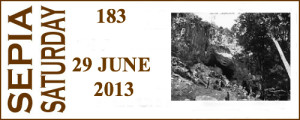

A Mystery Rider & A Run-Away Horse
#1 During the 1960s my Uncle Louis and various family members and friends traveled to Mexico. They stayed in out of the way hotels and places. Louis became very proficient in Spanish and was happy to talk to any of us in Spanish. Unfortunately, I never was invited on any of these trips. The above photo is an unmarked photo from the Cleage collection. I think it was taken in Mexico. Then again, maybe it was taken in Michigan in the country during the 1940s.
#2 I posted this article about a horse jumping through a windshield in 2011. Thought I would give it another go. Victor Tulane was my great grandmother’s sister Willie’s husband. He was a successful Montgomery businessman.
Horse Jumps through Automobile Windshield
Considerable Excitement Attends Runaway On Court Square Tuesday Afternoon.
Much excitement and some damage was the result of a run-away horse crashing into an automobile in front of Alex Rice’s store on Court Square late yesterday afternoon.
The horse, which was pulling a buggy, became frightened on the first block of South Court Street and dashed toward Montgomery Street. An automobile belonging to Theo Meyer was parked in front of Alex Rice’s and the front feet of the horse went through the wind shield.
Beyond sustaining several minor cuts, the horse was unhurt and the damage done to the automobile, too, was small.
Victor Tulane was owner of the horse.
Montgomery Advertiser – Montgomery, Alabama – January 27, 1915 – page 16
